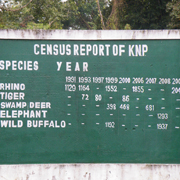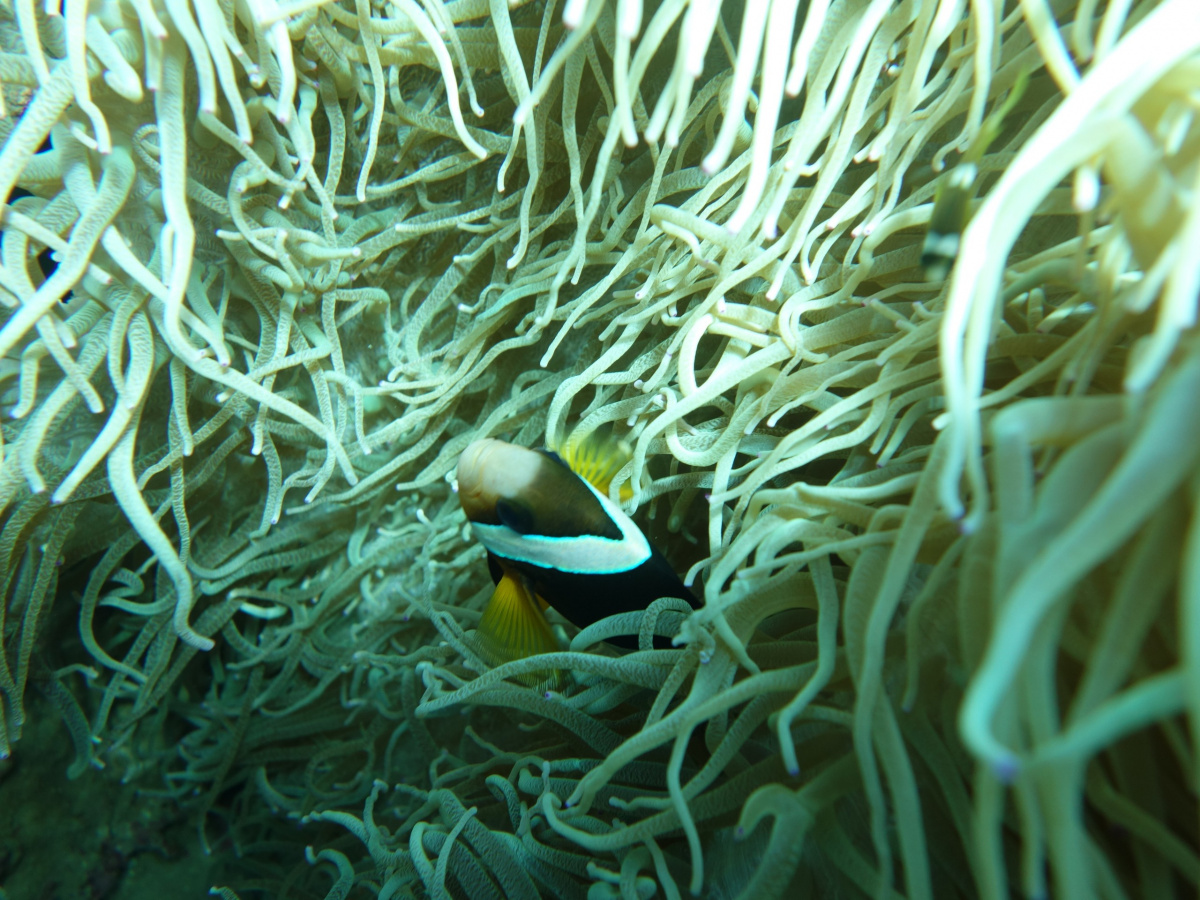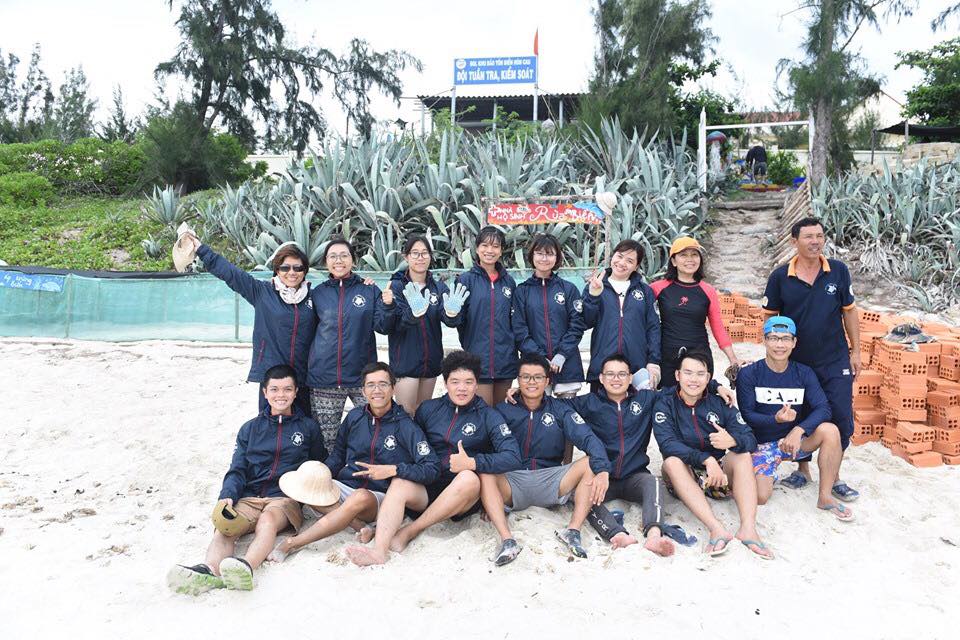Protected area management: Vietnam vs India
In 2011, an independent evaluation of 10 years of international support to Cat Tien National Park documented the failure to convert high levels of technical and financial support into effective protected area management. This failure was starkly revealed by the killing of the last Javan rhino in Cat Tien, and the extinction of the sub-species, in April 2010. If millions of dollars can’t “buy” improved protected area management in Vietnam, a country with 10% of the world’s vertebrate fauna on 1% of its land area, what can? This is an important question because a similar outcome has been observed in neighboring Laos and Cambodia where significant foreign support has not resulted in reduced threats to globally threatened wildlife.

Photo: Aaranyak
It is worth looking for inspiration to India whose nominal GDP per person is almost identical to Vietnam’s ($1,390 vs. $1,374 in 2011). But unlike Vietnam (and despite equally high population pressure), India has retained viable populations of tigers, elephants, and rhinos that are both a source of national pride and sustain a valuable wildlife viewing industry. In 2011, a writer working for the Global Tiger Initiative (http://www.globaltigerinitiative.org/) visited Chu Mom Ray National Park in central Vietnam and Corbett Tiger Reserve in northern India, two protected areas of similar size, terrain, vegetation, and demographic context. The table below summaries the findings of these visits:
| Chu Mom Ray | Corbett |
|
| Core area (hectares) | 56,000 | 52,000 |
| No. tigers | 0 | 115 |
| Local population | 83,000 | 62,000 |
| No. visitors/year | “Few” | 200,000 |
| Training center | No | Yes, 60 rangers/year |
| Development allowed | Road through core zone | No |
| NGO participation | No | Yes |
The differences are striking: there have been no confirmed tiger sightings in Chu Mom Ray for 15 years; Corbett, where tigers are strictly protected, currently has over 100. A road runs through Chu Mon Ray; there are no roads in Corbett. Corbett has an active ranger training center; Chu Mom Ray has a training center but no training. In Corbett, several NGOs including the Wildlife Trust of India (http://www.wildlifetrustofindia.org/) and the Corbett Foundation (http://www.corbettfoundation.org/) participate actively in management.
NGO participation in protected area management, and particularly wildlife protection, is a feature of some of India’s highest profile and best managed protected areas. Kaziranga National Park in northeast India, which is home to over 2,000 rhinos, 1,500 elephants, and 100 tigers on just 45,000 hectares, is a case in point. For the last 10 years, Aaranyak (http://www.aaranyak.org/), a local NGO, has supported the park with, for example, wildlife surveys, ranger training, and wireless communications. Not only do Aaranyak and other NGOs provide specialized skills, but their support gives rangers extra confidence to do a difficult and sometimes dangerous job. Even with 600 rangers, the park loses 10-15 rhinos a year to poachers (mostly killed outside the park) but the rhino population is still growing.
According to Aaranyak, NGO participation has been “crucial” to strengthening protected area management in India. But NGO participation adds value to a functioning protected area system that is built on a cadre of rangers whose work is recognized and rewarded. Rangers with three years experience get $350/month; a range officer, who supervises 100-120 rangers, gets $650/month, a deputy park director gets $1,000/month, and a park director gets $2,000/month—significantly more than their counterparts in Vietnam. In many parks rangers receive free food and NGOs often assist with emergency medical care. Rangers get trained every 4-5 years and there are opportunities to get promoted all the way to park director. If caught and the evidence is adequate, poachers are always prosecuted and the penalties are getting stricter. In 2010, the state of Assam amended national law so that a rhino poacher gets a 7-year sentence for a first offense, 10 years for a second, and life for a third.
Ranger performance is closely monitored. Range officers visit ranger stations every day, often at random times, and rangers can be transferred, suspended, or have their pay docked for poor performance. A few years ago, a park director was fired. In Vietnam, there are no performance-based incentives (or disincentives), which is one reason why years of national and internationally supported ranger training has, according to a 2011 GIZ report, had virtually no impact in terms of ranger capacity and confidence. In India, protected area management effectiveness is independently evaluated and reported publicly. Every year, the first week of October is Wildlife Week when government officials from the prime minister down publically celebrate the country’s wildlife and the rangers who protect it. It is the combination of high-level government support, on-going professional training, and strong accountability that distinguishes India from Vietnam.
What would it take for Vietnam to aspire to India’s achievements? A 2007 IUCN-coordinated policy review recommended the establishment of a centralized protected area management authority. This responded to the fact that Vietnam doesn’t have a national protected area system but rather 163 separately managed protected areas, all but six of which are under the authority of provinces whose priority is economic growth not biodiversity conservation. A centralized authority with the power to hold park directors to account and to prevent inappropriate land use in and around protected areas would provide an institutional structure within which reforms, such as tying conservation spending to threat, merit-based recruitment, and performance-based promotion, could be implemented. This is not to say that NGOs can’t make a difference at a specific site, but it is clear that without such reforms, the impact if this support is limited and lasts only as long as the funding does.
Fundamental improvements in protected area management in Vietnam would require institutional changes that, experience suggests, would be strongly resisted by vested interests. Ultimately, this is a political decision. What quality of protected area does Vietnam want? What messages does the government want to send to its citizens and visitors? How does Vietnam want to be perceived internationally? There are no technical or financial barriers to better protected area management. In fact, on a per hectare basis, spending on protected areas is among the highest in Asia. But does the government want to emulate India’s success? It has the capacity. Now it needs the political vision and leadership to turn potential into reality.
Jake Brunner - Mekong Programme Coordinator (Viet Nam, Cambodia, and Myanmar) - IUCN Viet Nam



